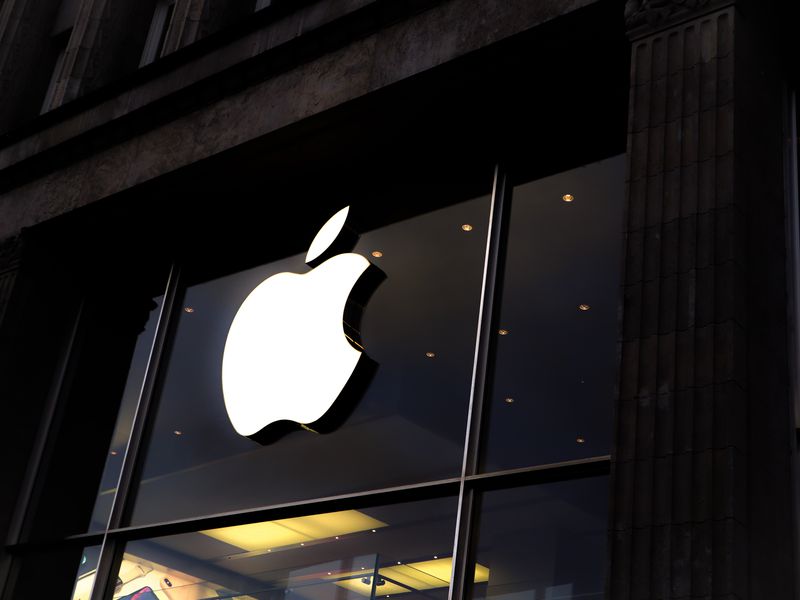Hedera Hashgraph, Touted as High-Speed Blockchain Alternative, Goes Live

Hedera Hashgraph has launched its long-awaited public network, backed by some of the world’s largest corporations and promising faster transactions and greater capacity to scale than any blockchain to date.
Since December 2018, the network had been available in a testing environment to a small group of corporations and developers. As of 00:00 UTC Tuesday, anyone can open an account or build a decentralized app (dapp) on the hashgraph, which is similar to a blockchain but uses a different mechanism to achieve consensus about the state of the ledger.
With the public network now live, the Hedera treasury is set to begin distributing the system’s HBAR tokens around 01:00 UTC. The first tokens – more than 379 million – will go to investors who participated in a $124 million crowd sale that took place in three rounds from March 2018 to August 2018.
Another 1.95 million tokens will go to advisors, vendors and other participants on day one. The balance of the 50 billion supply of HBARs is to be released over the next 15 years by the network’s governing council.
Twelve cryptocurrency exchanges and over-the-counter (OTC) desks plan to list HBAR for trading: AlgoZ, BitOoda, Bering Waters, Bittrex, Galaxy Digital, GSR, Liquid, OKEx, OKCoin, OSL, Upbit and xFutures.
A year and a half in the making, the hashgraph stands out from other distributed ledger technologies (DLTs) in several ways. Its creators claim it works more efficiently than blockchains, making it more suitable for enterprises and commerce. Specifically, Hedera says the network can support up to 10,000 transactions per second, compared to 2.8 per second for bitcoin and 15 for ethereum, the two largest blockchains.
“This is the first instance globally of hashgraph being put to the test,” Hedera CEO Mance Harmon told CoinDesk. “It’s a different data structure, different technology and looks nothing like a blockchain, but solves the same kinds of problems with better security and better performance.”
Hashgraph proponents also say its proof-of-stake consensus mechanism is fairer than bitcoin’s proof-of-work, allowing transactions to come in the order they were recorded and to all settle in the same amount of time. Hedera’s code is patented rather than open-source, a condition the network says it will enforce to deter copying of the codebase or forking.
Not least of all, Hedera boasts the imprimatur of blue-chip names, with IBM, Boeing, Deutsche Telekom, Tata, Nomura and bank tech vendor FIS represented on its governing council, whose members run nodes and vote on software updates.
Praise and pans
In the lead-up to the launch, Hedera Hashgraph has gained its share of admirers and critics.
Among its fans are Steve Wilson, a principal analyst at emerging technologies advisory firm Constellation Research, who says Hedera’s size is the key to its speed.
While regular blockchains are a couple of gigabytes large, the hashgraph is smaller because it does not store all transaction history on the ledger (though it can be optionally stored on a “mirror” network). In addition to its speed, the hashgraph promises finality and instant payments as opposed to around 70 percent of transactions settling every ten minutes for bitcoin and a handful of transactions never reaching finality, Wilson said.
“If we think crypto is going to be viable for retail transactions, it’s not acceptable for you to walk out with the merchant unsure if they’ll get paid,” he said. “Hedera has a quality of service that others are not as committed to.”
That speed, however, only applies to certain kinds of transactions, said Eric Wall, the former blockchain lead at Nasdaq-owned fintech vendor Cinnober.
“A dapp requires smart contracts and since Hedera is currently throttling 10 transactions per second with smart contracts, then it doesn’t make this any more interesting than ethereum,” said Wall, who recently wrote a pair of skeptical Medium posts about Hedera.
Hedera’s consensus service is also nothing new, Wall maintained. Sidechains have also been created off of public blockchains that take advantage of the consensus strength of the underlying system.
“I can’t predict the future of what Hedera will transition to in the future, but moving away from a model that is based on economic and game theory guarantees to a trusted model is a severe reduction in the neutrality model of the system,” he said.
Link to private networks
Since October, hundreds of developers have been building on the network and 25 are now running dapps that were integrated into the mainnet prior to launch, Harmon told CoinDesk.
Nevertheless, the hashgraph is considered to be in a beta testing phase because the network still lacks the Hedera Consensus Service (HCS) and a few other features which will be included in version 1.0.
The HCS is to serve as a link between private blockchain networks and the hashgraph. It allows a hash of transactions from another network to be ordered in the Hedera network by time, showing a searchable record of when transactions occurred with the trust of a decentralized network.
For example, Certara, a drug development and decision-support company, plans to use the HCS to create “tamper-proof” recording of health data transactions while using a private network like Hyperledger Fabric to ensure privacy, said Jim Nasr, vice president of technology and innovation at Certara subsidiary Synchrogenix.
The HCS will also allow Fabric to run on top of mirror nodes that provide insights into all the transactions flowing over the hashgraph but do not participate in the consensus mechanism like a regular node.
“Getting computational trust is why you want to go down the blockchain path for healthcare,” Nasr said. “With the consensus service, your transactions finalize on the mainnet yet can still leverage a private blockchain.”
Hedera Hashgraph co-founders Leemon Baird and Mance Harmon, image courtesy of the firm.










